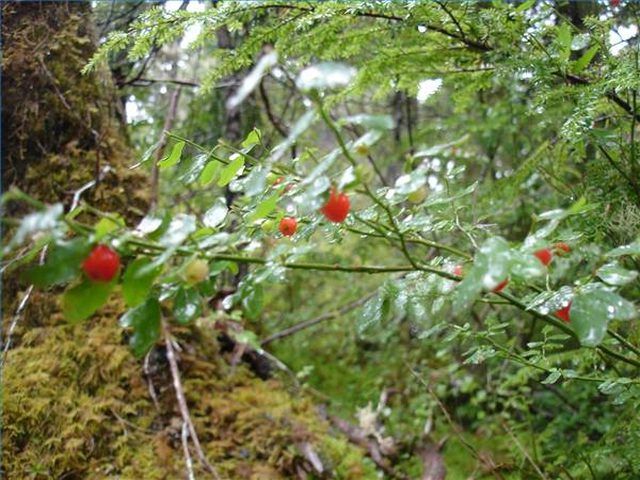Bulbs
Flower Basics
Flower Beds & Specialty Gardens
Flower Garden
Garden Furniture
Garden Gnomes
Garden Seeds
Garden Sheds
Garden Statues
Garden Tools & Supplies
Gardening Basics
Green & Organic
Groundcovers & Vines
Growing Annuals
Growing Basil
Growing Beans
Growing Berries
Growing Blueberries
Growing Cactus
Growing Corn
Growing Cotton
Growing Edibles
Growing Flowers
Growing Garlic
Growing Grapes
Growing Grass
Growing Herbs
Growing Jasmine
Growing Mint
Growing Mushrooms
Orchids
Growing Peanuts
Growing Perennials
Growing Plants
Growing Rosemary
Growing Roses
Growing Strawberries
Growing Sunflowers
Growing Thyme
Growing Tomatoes
Growing Tulips
Growing Vegetables
Herb Basics
Herb Garden
Indoor Growing
Landscaping Basics
Landscaping Patios
Landscaping Plants
Landscaping Shrubs
Landscaping Trees
Landscaping Walks & Pathways
Lawn Basics
Lawn Maintenance
Lawn Mowers
Lawn Ornaments
Lawn Planting
Lawn Tools
Outdoor Growing
Overall Landscape Planning
Pests, Weeds & Problems
Plant Basics
Rock Garden
Rose Garden
Shrubs
Soil
Specialty Gardens
Trees
Vegetable Garden
Yard Maintenance
How to Identify Red Berries on a Vine
How to Identify Red Berries on a Vine. There are many red berries; some are more popular and therefore more recognizable than others. They grow on shrubs, rootstocks, runners or perennial plants. Strawberries, raspberries, bunchberries (ground dogwood), nagoonberry, highbush cranberry and red currants are some common red berries, though there are...

There are many red berries; some are more popular and therefore more recognizable than others. They grow on shrubs, rootstocks, runners or perennial plants. Strawberries, raspberries, bunchberries (ground dogwood), nagoonberry, highbush cranberry and red currants are some common red berries, though there are many more. Because there are so many kinds of red berries, it is helpful to use a regional guidebook when identifying them.
Things You'll Need
Local plant guidebook
Camera (optional)
Look for red berries in the spring to late summer and fall. Take note of the color of the berry. Its red, yes, but what tone of red is it? Is it a really dark red or a bright exuberant red?
Observe what texture and shape the berries have. Are they "aggregate" shaped (composed of multiple little round sections) like a raspberry? Are they "accessory" shaped (heart-shape) like a strawberry? Are they spherical like a cranberry?
Look for any flowers accompanying the berries on the vine. Are they white, yellow or pink? Are they shaped like a bell, tube, cup, funnel or a common five-petal? You might have a hunch as to what berry it is, and if you can also confirm that its flower matches the species as well, then you have extra assurance.
Note the shape, color and texture of the leaves on the plant. Early in the season when there may not be any flower blossoms or fruit yet, the leaves are your main indicator as to the species of the plant. Often red berries have rootstocks and runners that are slightly hairy, and the undersides of the leaves may be as well (certain wild strawberries are a good example).
Measure the overall size of the berries you find. Take a photo if you wish to identify it and come back later or show it to a plant expert for an opinion.
Consult a guidebook to local berries of your area. These often come with photos of the berry, the flower and the type of leaves that a plant bears. Having a guidebook to confirm your guess at a berry is always a good thing, especially if you plan to eat it. Some red berries are poisonous. Pick only fresh berries and do not eat a berry unless you are 100 percent positive of its identity.